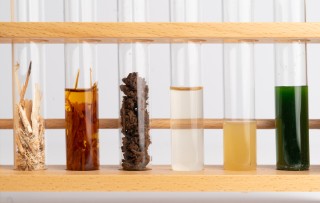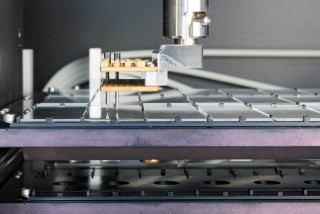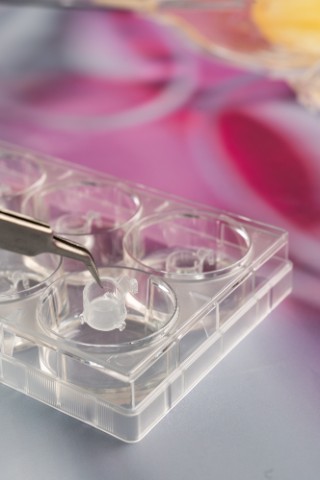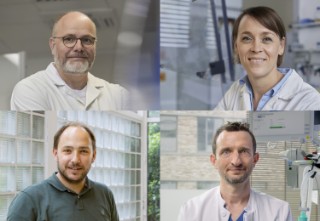Wood-based circular economy / 2024
Biohydrogen from Wood Waste

Up to now, wood waste has had to be disposed of at great expense and, at best, has been used to generate energy in incineration plants. Fraunhofer researchers are now using this valuable resource to produce biohydrogen in the Black Forest region of Germany. In the joint project H2Wood — BlackForest, fermentation processes using hydrogen-producing bacteria and microalgae have been specially developed for the biotechnological production of this green energy carrier. A pilot plant for the production of biohydrogen is to be commissioned as early as 2025. A study published as part of the project also examines the potentials, barriers and measures for regenerative hydrogen production from waste wood and old wood in the Black Forest region.
more info Fraunhofer Institute for Interfacial Engineering and Biotechnology IGB
Fraunhofer Institute for Interfacial Engineering and Biotechnology IGB







